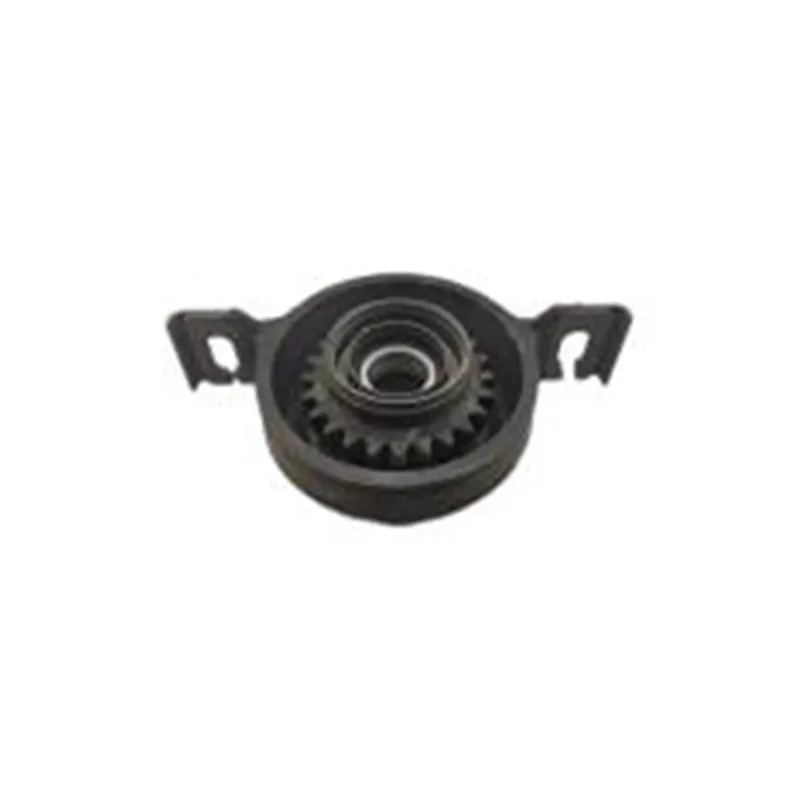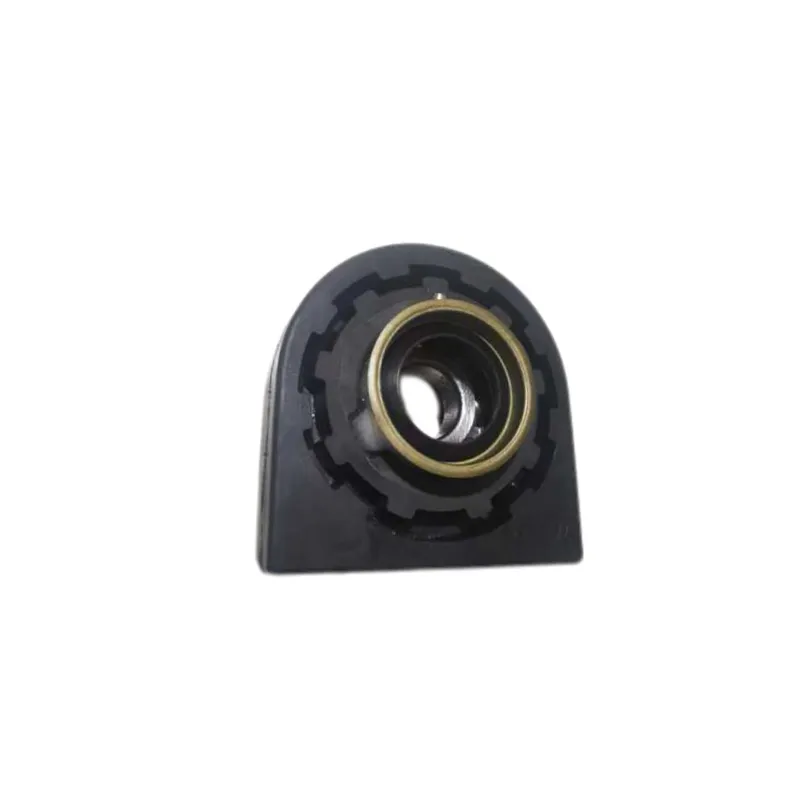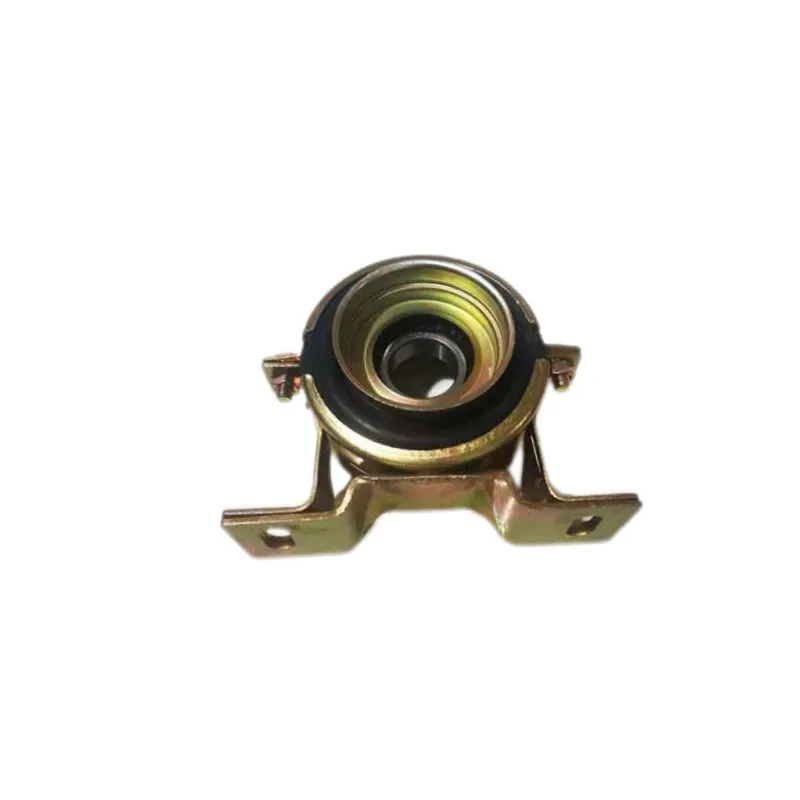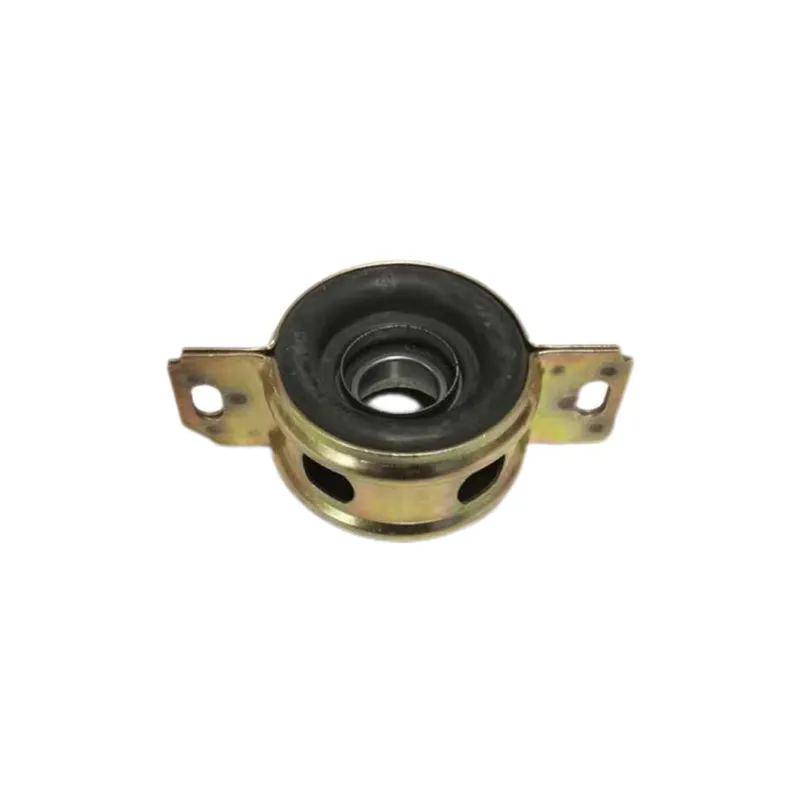
-
 Afrikan
Afrikan -
 Albaniż
Albaniż -
 Amhariku
Amhariku -
 Għarbi
Għarbi -
 Armenjan
Armenjan -
 Ażerbajġani
Ażerbajġani -
 Bask
Bask -
 Belarussu
Belarussu -
 Bengali
Bengali -
 Bosnijan
Bosnijan -
 Bulgaru
Bulgaru -
 Katalan
Katalan -
 Cebuano
Cebuano -
 Korsiku
Korsiku -
 Kroat
Kroat -
 Ċek
Ċek -
 Daniż
Daniż -
 Olandiż
Olandiż -
 Ingliż
Ingliż -
 Esperanto
Esperanto -
 Estonjan
Estonjan -
 Finlandiż
Finlandiż -
 Franċiż
Franċiż -
 Friżjan
Friżjan -
 Galizjan
Galizjan -
 Ġorġjan
Ġorġjan -
 Ġermaniż
Ġermaniż -
 Grieg
Grieg -
 Guġarati
Guġarati -
 Kreol Ħaitjan
Kreol Ħaitjan -
 hausa
hausa -
 Ħawajjan
Ħawajjan -
 Ebrajk
Ebrajk -
 Le
Le -
 Miao
Miao -
 Ungeriż
Ungeriż -
 Iżlandiż
Iżlandiż -
 igbo
igbo -
 Indoneżjan
Indoneżjan -
 Irlandiż
Irlandiż -
 Taljan
Taljan -
 Ġappuniż
Ġappuniż -
 Ġavaniż
Ġavaniż -
 Kannada
Kannada -
 każak
każak -
 Khmer
Khmer -
 Rwandan
Rwandan -
 Korean
Korean -
 Kurdi
Kurdi -
 Kirgiż
Kirgiż -
 TB
TB -
 Latin
Latin -
 Latvjan
Latvjan -
 Litwan
Litwan -
 Lussemburgiż
Lussemburgiż -
 Maċedonjan
Maċedonjan -
 Malgashi
Malgashi -
 Malajan
Malajan -
 Malajalam
Malajalam -
 Malti
Malti -
 Maori
Maori -
 Marathi
Marathi -
 Mongoljan
Mongoljan -
 Il-Mjanmar
Il-Mjanmar -
 Nepaliż
Nepaliż -
 Norveġiż
Norveġiż -
 Norveġiż
Norveġiż -
 Oċċitan
Oċċitan -
 Pashto
Pashto -
 Persjan
Persjan -
 Pollakk
Pollakk -
 Portugiż
Portugiż -
 Punġabi
Punġabi -
 Rumen
Rumen -
 Russu
Russu -
 Samoan
Samoan -
 Galliku Skoċċiż
Galliku Skoċċiż -
 Serb
Serb -
 Ingliż
Ingliż -
 Shona
Shona -
 Sindhi
Sindhi -
 Sinħaliż
Sinħaliż -
 Slovakk
Slovakk -
 Sloven
Sloven -
 Somali
Somali -
 Spanjol
Spanjol -
 Sundaniż
Sundaniż -
 Swaħili
Swaħili -
 Svediż
Svediż -
 Tagalog
Tagalog -
 Taġik
Taġik -
 Tamil
Tamil -
 Tatar
Tatar -
 Telugu
Telugu -
 Tajlandiż
Tajlandiż -
 Tork
Tork -
 Turkmeni
Turkmeni -
 Ukrain
Ukrain -
 Urdu
Urdu -
 Uighur
Uighur -
 Użbek
Użbek -
 Vjetnamiż
Vjetnamiż -
 Welsh
Welsh -
 Għajnuna
Għajnuna -
 Jiddix
Jiddix -
 Joruba
Joruba -
 Żulu
Żulu
Precision Control Arms for Auto Stability & Steering Performance
Industry Trends in Automotive Suspension Systems
The automotive industry is undergoing a transformative period, driven by innovation in electric vehicles (EVs), autonomous driving technologies, and an increasing demand for enhanced safety and passenger comfort. Central to these advancements is the evolution of suspension components, particularly the driegħ tal-kontroll. As a critical link between the wheel and the vehicle chassis, the design and material science of these components directly impact vehicle dynamics, stability, and noise, vibration, and harshness (NVH) characteristics.
Current trends emphasize lightweighting through advanced materials like high-strength steel, aluminum alloys, and even composites, aiming to improve fuel efficiency (or extend EV range) and reduce unsprung mass. Simultaneously, there's a growing focus on durability and corrosion resistance, especially with the expansion into diverse global markets and varying environmental conditions. The global automotive suspension system market, valued at approximately USD 60 billion in 2023, is projected to grow at a CAGR of over 4% from 2024 to 2032, largely fueled by these technological advancements and the rising demand for sophisticated vehicle performance. Manufacturers are investing heavily in research and development to produce components that not only meet stringent performance requirements but also contribute to a greener, more sustainable automotive ecosystem. The integration of sensors for active suspension systems is another burgeoning area, transforming static components into intelligent systems that adapt to road conditions in real-time.
Technical Specifications and Parameters
Understanding the technical specifications of an automotive driegħ tal-kontroll is paramount for engineers and procurement professionals. These components are subjected to immense dynamic loads, requiring precise engineering and material selection. Key parameters include material composition, tensile strength, yield strength, fatigue life, and corrosion resistance. The design often incorporates specific bushing types (e.g., rubber, polyurethane, hydro-bushings) to optimize NVH isolation and articulation.
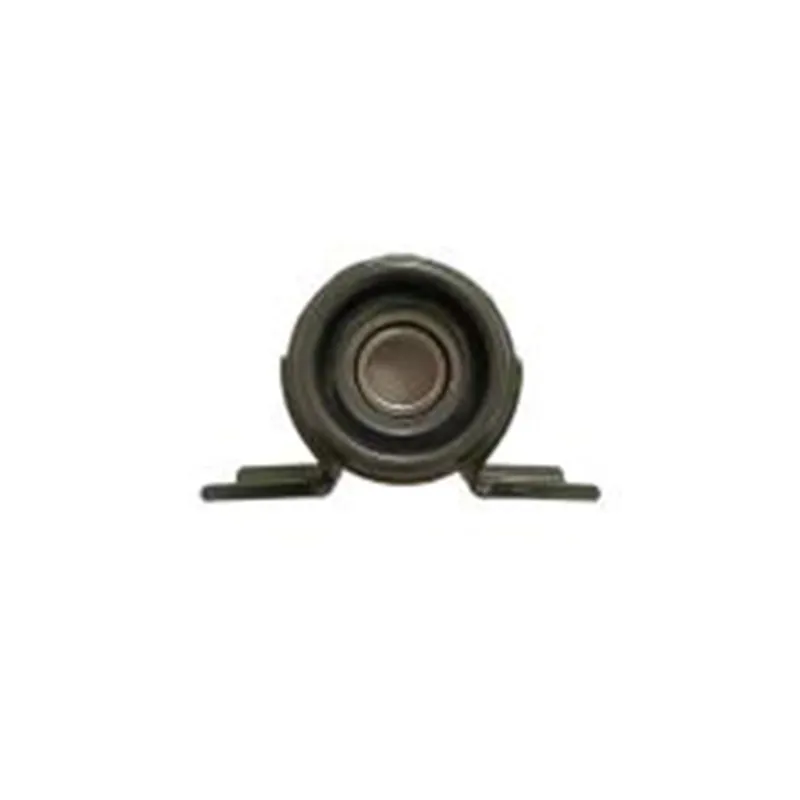
Modern driegħ tal-kontroll design emphasizing strength and precision.
Typical Product Specification Table: Lower Control Arm (Example)
| Parameter | Specification | Standard / Method |
|---|---|---|
| Materjal | Forged Aluminum Alloy 6061-T6 | ASTM B209 |
| Tensile Strength | Min. 310 MPa (45 ksi) | ASTM E8 |
| Yield Strength | Min. 276 MPa (40 ksi) | ASTM E8 |
| Elongation at Break | Min. 10% | ASTM E8 |
| Hardness (Brinell) | 95 HB | ASTM E10 |
| Corrosion Resistance | >500 hours Salt Spray | ASTM B117 |
| Bushing Type | Hydraulic, Rubber-metal compound | OEM Specification |
| Fatigue Life | >2 million cycles (Simulated load) | SAE J2521 |
| Weight | 3.2 kg | Actual Measurement |
These specifications ensure that the driegħ tal-kontroll can withstand the rigorous demands of automotive operation, providing safety, performance, and longevity. The choice of material and manufacturing process directly influences these parameters, affecting the overall vehicle feel and structural integrity.
Application Scenarios and Target Industries
The versatility and critical function of the driegħ tal-kontroll make it an indispensable component across a wide array of vehicles and industries. Its primary role is to manage the vertical movement of the wheel while maintaining its horizontal position relative to the chassis, crucial for steering stability and suspension articulation.
- Passenger Vehicles: From compact cars to luxury sedans and SUVs, control arms are fundamental for ride comfort, handling precision, and safety. Different configurations (e.g., MacPherson strut, double wishbone) utilize various types of automobile control arm designs.
- Commercial and Heavy-Duty Vehicles: Trucks, buses, and specialized utility vehicles require extremely robust control arms to support heavy loads, endure continuous operation, and withstand challenging road conditions. The structural integrity of a heavy-duty lower control arm is paramount here.
- Off-Road and Performance Vehicles: For vehicles designed for rugged terrain or high-performance driving, control arms must offer superior strength, increased articulation, and often adjustable parameters to optimize suspension geometry. An auto control arm in these segments is engineered for extreme resilience.
- Industrial and Agricultural Machinery: Beyond road vehicles, heavy machinery in construction, agriculture, and mining also employs similar suspension principles, where durable control arms are essential for operational stability and longevity in harsh environments.
Our components are engineered for diverse target industries including, but not limited to, the automotive OEM and aftermarket sectors, heavy equipment manufacturing, and defense applications, ensuring optimal performance across a spectrum of operational demands.
Technical Advantages and Performance Excellence
The advantages derived from a high-quality driegħ tal-kontroll are multifaceted, directly impacting vehicle performance, safety, and operational costs. Our manufacturing expertise focuses on delivering components that offer distinct technical benefits.
- Enhanced Durability and Service Life: Through precision manufacturing and superior material selection (e.g., high-grade forged steel or aerospace-grade aluminum), our control arms exhibit exceptional resistance to fatigue, impact, and wear. This translates to extended service life, reducing maintenance intervals and total cost of ownership. For instance, our components consistently exceed OEM standards for longevity, often providing 20-30% longer operational life under comparable stress conditions due to advanced heat treatment processes.
- Optimized NVH Characteristics: Advanced bushing technology and refined geometric designs significantly reduce noise, vibration, and harshness. This enhances passenger comfort and reduces driver fatigue, a critical factor for both private and commercial vehicles. Our hydro-bushings, for example, demonstrate up to a 15% reduction in cabin noise levels compared to traditional rubber bushings in laboratory tests.
- Weight Reduction for Energy Efficiency: Utilizing lightweight yet high-strength alloys allows for significant weight savings without compromising structural integrity. A lighter control arm contributes to reduced unsprung mass, improving suspension response, handling, and importantly, fuel economy or extended range for EVs. Our aluminum control arms can achieve up to a 40% weight reduction over traditional steel components, translating to tangible energy savings.
- Superior Corrosion Resistance: Specialized surface treatments, such as cathodic electrocoating (e-coating) and zinc-flake coatings, provide exceptional protection against rust and environmental degradation. This is crucial for vehicles operating in harsh climates or exposed to road salts, ensuring component integrity and safety over time. Our anti-corrosion treatments meet and exceed 1000-hour salt spray test requirements (ISO 9227).
- Precision Handling and Steering Response: Tightly controlled manufacturing tolerances and optimized articulation points ensure precise wheel alignment and predictable steering feedback. This translates to improved vehicle control, especially during dynamic maneuvers, contributing significantly to active safety.
Vendor Comparison: Evaluating Control Arm Manufacturers
Selecting the right supplier for driegħ tal-kontroll components is a strategic decision that impacts product quality, cost-effectiveness, and supply chain reliability. The market features a diverse range of manufacturers, from global OEMs to specialized aftermarket providers. Key differentiators often include manufacturing capabilities, material expertise, quality control, and customer support.
Comparative Analysis of Control Arm Suppliers (Hypothetical)
| Feature/Criterion | Leading OEM Supplier | Specialized Aftermarket Provider (Us) | Budget Aftermarket Supplier |
|---|---|---|---|
| Manufacturing Process | Advanced Forging, Robotic Welding, CNC | Advanced Forging/Casting, CNC Precision, Specialized Treatments | Stamping, Basic Welding |
| Material Quality | High-Grade Steel/Aluminum per OEM Specs | Certified Premium Alloys (e.g., 6061-T6, 4130 Chromoly) | Standard Steel, Unknown Origin |
| Testing & Certifications | IATF 16949, ISO 9001, Extensive OEM Validation | ISO 9001, IATF 16949 Equivalent, In-house Durability, Salt Spray, FEA | Basic Quality Checks, Limited Certification |
| Customization Capability | Extensive for OEM programs | High flexibility for bespoke designs & small batches | Very limited, standard products only |
| Warranty & Support | Standard OEM warranty, dedicated support channels | Extended Warranty, Proactive Customer Service, Technical Consultancy | Basic warranty, limited support |
| Cost-Effectiveness | Premium pricing, high volume discounts | Competitive for performance, excellent value for specialized needs | Lowest upfront cost, potential for higher long-term issues |
Our position as a specialized provider allows us to offer the precision and quality comparable to leading OEM suppliers, coupled with the agility and customization potential often sought by discerning aftermarket clients or niche vehicle manufacturers. We prioritize robust material science, rigorous testing, and a customer-centric approach to deliver exceptional value.
Customized Solutions for Unique Requirements
Recognizing that standard components may not always meet the exacting demands of specific vehicle platforms or specialized applications, we offer comprehensive customized solutions for driegħ tal-kontroll design and manufacturing. Our engineering team collaborates closely with clients from concept to production, ensuring optimal performance and seamless integration.
- Tailored Material Selection: Whether it's ultra-high-strength steel for heavy-duty applications, lightweight aluminum for performance vehicles, or corrosion-resistant alloys for marine environments, we advise on and procure materials best suited for the operating conditions.
- Geometry and Kinematic Optimization: Our CAD/CAE capabilities allow us to simulate various geometries and kinematic behaviors to achieve desired suspension characteristics, such as specific camber gain, roll center, or anti-dive/anti-squat properties. This is especially vital for performance control arm shaft designs.
- Bushing and Joint Specification: Custom options for bushings (e.g., firmer durometer for racing, softer hydro-bushings for luxury comfort) and ball joints (e.g., sealed for life, greaseable, high-angle articulation) are available to fine-tune NVH and durability.
- Specialized Coatings and Treatments: Beyond standard e-coating, we offer specialized finishes for extreme corrosion protection, impact resistance, or aesthetic requirements.
- Prototyping and Validation: Rapid prototyping through additive manufacturing or CNC machining, followed by rigorous in-house and third-party testing, ensures that custom designs meet or exceed performance benchmarks before mass production.
Our ability to provide bespoke solutions, from unique lower control arm configurations to advanced material pairings, positions us as a valuable partner for clients seeking a competitive edge through engineering excellence.
Application Case Studies
Our commitment to quality and innovation is best demonstrated through real-world applications. Here are examples illustrating the impact of our precision-engineered driegħ tal-kontroll solutions:
Case Study 1: Performance Enhancement for a Luxury EV Sedan
A leading luxury electric vehicle manufacturer sought to reduce unsprung mass and improve steering response for their next-generation sedan without compromising ride comfort. Our team developed a custom forged aluminum driegħ tal-kontroll, incorporating advanced hydro-bushings. The solution resulted in a 35% weight reduction per component compared to their previous steel design, contributing to a 5% increase in electric range and significantly sharper steering feel. Vehicle dynamics tests confirmed enhanced stability during high-speed cornering and a measurable reduction in road noise transmitted to the cabin. The project showcased our capability in lightweighting and NVH optimization.
Case Study 2: Durability Upgrade for Commercial Fleet Vehicles
A major logistics company faced frequent premature wear of their commercial fleet's driegħ tal-kontroll components due to continuous heavy loads and diverse road conditions. We engineered a robust, high-strength steel lower control arm with reinforced ball joint housings and a multi-layer anti-corrosion coating. Rigorous real-world testing demonstrated a 40% increase in component service life, translating to substantial savings in maintenance costs and vehicle downtime for the fleet operator. This project underscored our expertise in delivering solutions for extreme durability and reduced total cost of ownership.
Manufacturing Process Flow for Control Arms
The production of a high-quality driegħ tal-kontroll involves a series of meticulously controlled stages, ensuring structural integrity, dimensional accuracy, and optimal performance. Our process adheres to stringent international standards such as ISO 9001 and IATF 16949, guaranteeing product excellence.
1. Material Selection & Sourcing
Careful selection of high-grade steel alloys (e.g., 4130, 4340) or aluminum alloys (e.g., 6061, 7075) from certified suppliers, meeting ASTM/DIN standards for chemical composition and mechanical properties.
2. Forging or Casting
Forging: Hot forging process to create a dense, grain-oriented structure for superior strength and fatigue resistance. Casting: Precision casting methods like low-pressure die casting for complex geometries, followed by solution heat treatment for optimal strength.
3. CNC Machining
Multi-axis CNC machining to achieve precise dimensions, critical mounting points, and bushing/ball joint bores with tight tolerances (e.g., +/- 0.02 mm).
4. Heat Treatment
Controlled heat treatment processes (e.g., quenching, tempering, solutionizing, aging) to achieve desired material hardness, strength, and ductility, optimizing the mechanical properties of the auto control arm.
5. Surface Finishing & Coating
Abrasive blasting for surface preparation, followed by advanced corrosion protection coatings such as cathodic electrocoating (e-coating), zinc-flake, or powder coating, meeting standards like ASTM B117 for salt spray resistance.
6. Bushing/Ball Joint Assembly
Precision pressing and assembly of pre-tested bushings and ball joints into the machined component. Automated processes ensure consistent fit and function.
7. Quality Control & Testing
Comprehensive testing including dimensional inspection (CMM), material hardness, tensile strength, fatigue testing (SAE J2521), salt spray, and real-world load simulations. Every batch undergoes rigorous final inspection.
This meticulous process, applied to products like the drive shaft supports 04022.09.99 and our range of control arms, ensures components that not only meet but exceed industry standards for performance and longevity, critical for industries such as petrochemical, metallurgy, and water supply & drainage which rely on robust machinery. Typical service life for our automotive control arms is designed to exceed 150,000 miles under normal operating conditions.
Ensuring Trustworthiness: FAQ, Lead Time, Warranty, & Support
At the core of our business is a commitment to client trust and satisfaction. We back our products with transparent policies and dedicated support.
Frequently Asked Questions (FAQ)
A: Our control arms are predominantly manufactured from high-grade forged steel alloys (e.g., 4130, 4340) or premium aluminum alloys (e.g., 6061-T6, 7075-T6), selected for their superior strength, fatigue resistance, and lightweight properties. Material choice depends on the specific application requirements.
A: Yes, our standard replacement control arms are engineered to meet or exceed OEM specifications for fit, form, and function. For custom solutions, we work closely with clients to define and achieve specific performance benchmarks, often surpassing OEM standards.
A: Our manufacturing facilities are ISO 9001 certified, and we operate under quality management systems equivalent to IATF 16949, ensuring rigorous quality control at every stage of production, from raw material inspection to final product testing.
A: Absolutely. Customization is a core strength. Our engineering team specializes in developing bespoke control arm solutions, tailoring materials, geometry, and finishes to meet unique specifications for performance, heavy-duty, or specialized automotive applications.
Lead Time & Fulfillment
Our streamlined supply chain and efficient production scheduling ensure timely delivery.
- Standard Products: Typically 4-6 weeks from order confirmation, depending on volume.
- Custom Solutions: Initial design and prototyping phase averages 8-12 weeks, followed by a production lead time of 6-10 weeks after design approval and validation.
- Expedited options may be available upon request and subject to current production capacity.
Warranty Commitments
We stand behind the quality and durability of our products. All our automobile control arm components are covered by a comprehensive 3-year / 60,000-mile limited warranty against defects in materials and workmanship, whichever comes first. This warranty reflects our confidence in our manufacturing processes and the robust engineering of our components.
Customer Support
Our dedicated customer support team is available to assist with technical inquiries, order status, and after-sales support. We offer:
- Technical Consultation: Expert advice on product selection, application, and custom design.
- Responsive Communication: Prompt replies to emails and phone calls, ensuring you stay informed.
- After-Sales Service: Support for warranty claims, troubleshooting, and spare parts availability.
Contact us today to discuss your specific requirements and experience unparalleled service.
References
- Smith, J. (2023). "Advancements in Lightweight Materials for Automotive Suspension Systems." Journal of Automotive Engineering, 45(3), 123-138.
- Automotive Industry Trends Report. (2024). Global Market Insights Research.
- ISO 9001:2015 - Quality management systems — Requirements. International Organization for Standardization.
- IATF 16949:2016 - Quality management system for automotive production and relevant service parts organizations. International Automotive Task Force.
- ASTM International Standards for Metals and Mechanical Testing.




